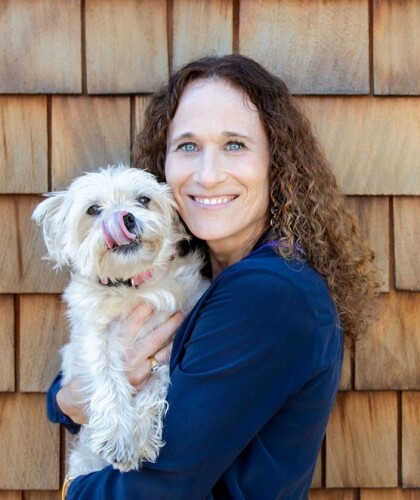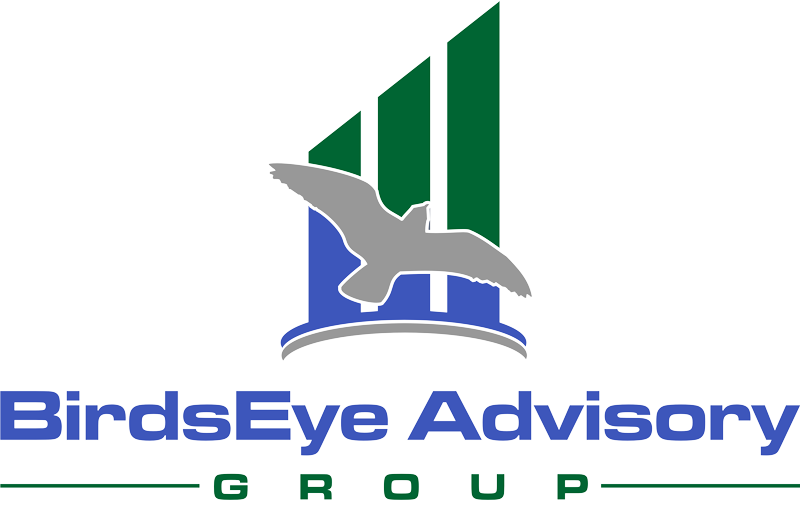In our many years in M&A, we have learned (sometimes the hard way!) that clients who really understand how they will be “graded” during a sale process prior to undergoing one typically have better outcomes.
Why? Because having that knowledge in advance gave them the time to better prepare and/or make changes that led to higher valuations and smoother due diligence processes. A win-win for all parties involved. As we tell founders, if selling your company is the biggest “test” of your business life, wouldn’t you want to know all the areas you will be tested on before taking the test, and take a little time to shore up the areas you may be weaker?
Since I was certified as an Exit Planner Adviser by the Exit Planning Institute in 2019, BirdsEye has provided a “Boot Camp” offering to founders and companies considering a company sale in their near future. It is fascinating what we learn from business owners in our “boot camps” and other pre-company sale conversations about their perceived fitness and readiness for an exit.
There are several areas where we regularly see business blind spots, and we would like to highlight a key one now: Cost of Goods Sold (COGS). OK, we acknowledge COGS may not be the most scintillating topic in the world, but it is one that is vitally important in getting maximum value for your company.
COGS. Many founders have no idea if their Cost of Goods Sold percentage is below average for their industry niche, average or highly appealing…or sometimes what COGS even represents. COGS % (and conversely, gross profit %) is a critical component of a company’s future valuation – so how can a business owner have confidence that he or she will receive the amount they want for their business if they don’t even know how their company rates in this key area?
A healthy COGS percentage is determined by many factors, including:
- if the company manufactures the goods themselves versus using a co-packer
- the types of products they are selling (consumables vs hard goods)
- if they are a distributor of other brands/products or have their own brand(s)
- if the company sells private label goods or branded goods.
- their sales channels (independent pet, big box, food/drug/mass, online etc)
Based on the varied list above, there is no one “correct” COGS % to target. It requires having industry knowledge, experience and sometimes, inside information, for a business owner to know how their business truly rates in their particular COGS. That said, generally speaking, we don’t like to see COGS above 70%, resulting in a gross profit of 30% or less. Co-manufacturers and pet food companies typically have the highest COGS, while branded Direct-to-Consumer businesses typically have the lowest COGS.
In addition, because one company can potentially have a mix of the COGS factors above depending on what and who they sell to, it is also critically important that the different products sold can easily be sliced and diced from a reporting perspective by revenue, cost of goods sold and customer type. If a business’ financials are not already configured to easily see these distinctions, that can be one of the first signs that it’s not ready for a sale process.
If a business’ COGS % varies significantly from year to year, that can also potentially be a sign of trouble, particularly if it is due to lack of focus on COGS, being slow to raise prices when necessary or instability in the supply chain. All areas that can negatively impact valuation.
Regardless of these factors, prospective buyers will want to see how well (or not) the company is performing for each product line considering their product mix and channels, so the financials and supporting reporting must be detailed enough to reflect this information for the current financial period and for at least the last three historical years. A sale process will also require a thoughtfully prepared profit and lost statement forecast with credible supporting detail (including COGS) for the next 12 months and a longer term forecast for the two following years (that requires less supporting detail). A business’ ability to easily provide this information (or not) is another indicator of their readiness for a sale process.
Since BirdsEye focuses exclusively on the pet industry, it is not surprising that we are often the first people to inform a business owner that: their cost of goods sold may be lower than what buyers would ideally like to see, their reporting information lacks important details or the information simply isn’t presented the way buyers would like to see it — all things most sellers would want to know about prior to going to market.
As you can see, the importance of understanding how you are being “graded” for your COGS percentage is just one example of why we highly encourage business owners to go through an exit planning process prior to engaging in a sale process. This gives an owner plenty of time to fix a COGS that is materially higher than industry standard; and through an exit plan we can review the COGS components and make recommendations on where/how to make changes to improve this prior to going to market. This information, if implemented, will result in a higher valuation at the time of sale.
If you have questions about your specific business, please do not hesitate to reach out and we can give you some industry guidance on your COGS and other key areas of your business.
Erin Fenstermaker, MBA is a Certified Exit Planning Advisor with BirdsEye Advisory Group. She can be reached at erin@birdseyeadvisory.com

